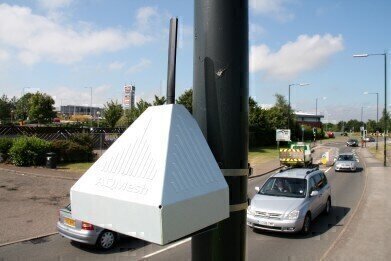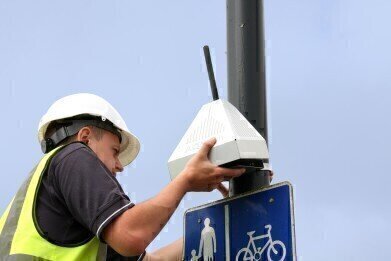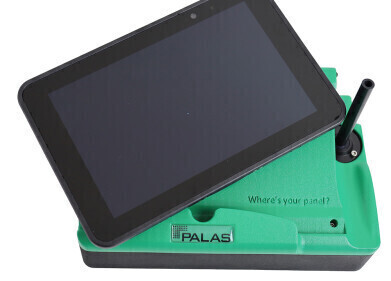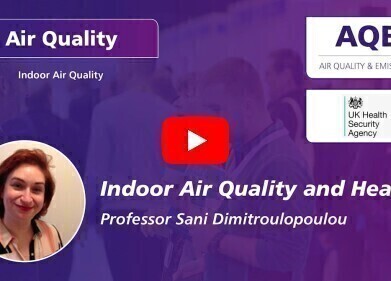Indoor Air Quality Monitoring (IAQ)
Value for money air quality sensors for smart cities
Mar 08 2017
Smart city projects increasingly seek to include air quality measurements. If city authorities and the public are being asked to act based on air quality readings they must be credible. Whilst cheap sensors may offer easily integrated readings, they offer poor value for money if the information they produce cannot be trusted by the public, smart city project managers and stakeholders.
The search is on for low cost air quality sensors which can be easily integrated into the chosen IT platform. Many commercially available sensors for key air pollutants such as NO2 and PM2.5 are working at their limits and, although these may seem 'low cost', often disappoint if adequate correction is not applied. Even sensors that are sensitive enough in a laboratory may struggle to distinguish a signal from the target gas or particulate matter from noise due to platform electronics, environmental conditions or interfering gases. Failure to adequately manage or compensate for these effects can mean that inaccurate readings from monitoring nodes are published.
Unfortunately individual air quality sensors used in isolation are not able to accurately measure air pollutants at the parts per billion levels required by current air quality legislation. A smart sensor system is currently the only way to overcome these issues and obtain data with any real value.
AQMesh is a sensor system which measures NO, NO2, O3, CO, SO2, PM1, PM2.5, PM10, TPC, noise, temperature, humidity and pressure in a single, compact unit with independent power and communication. Years of development have fine-tuned the performance of processing algorithms to give proven precision and accuracy. Multiple examples can be seen here, as well as a real-time feed comparing live AQMesh pod readings against those from a co-located reference station. The system has the added benefits that it is very quick and easy to install, is robust, can operate in environmental conditions from -20°C to +40° and has various data integration options.
Indoor air quality can also be controlled by smart buildings. In many cases HVAC systems bring in ‘fresh’ air to address CO2 build-up, but in cities that air is likely to be polluted – from NO2 and possibly from particulates. A smart system can control where air is drawn in and ventilation rates, depending on air quality at the various inlets, allowing optimisation of the internal CO2, temperature and humidity whilst minimising external pollutants brought into the indoor space. AQMesh pods can be readily installed at various heights outside and inside buildings, all feeding near-live data to a central control system. Read more.
Early versions of AQMesh were used across eight cities in a European funded Citi-Sense project ending in 2016, and performance has improved significantly since then, to the results seen in a recent Cambridge smart city pilot study. AQMesh is now being widely used by national, regional and local government authorities across Europe to supplement their much more expensive reference monitoring locations and is providing valuable information to inform smart city and smart building strategies leading to better air quality for all.
Digital Edition
AET 28.4 Oct/Nov 2024
November 2024
Gas Detection - Go from lagging to leading: why investment in gas detection makes sense Air Monitoring - Swirl and vortex meters will aid green hydrogen production - Beyond the Stack: Emi...
View all digital editions
Events
Dec 02 2024 London, UK
Dec 03 2024 Dusseldorf, Germany
Dec 11 2024 Shanghai, China
Jan 12 2025 Abu Dhabi, UAE
Jan 14 2025 Abu Dhabi, UAE











.jpg)









